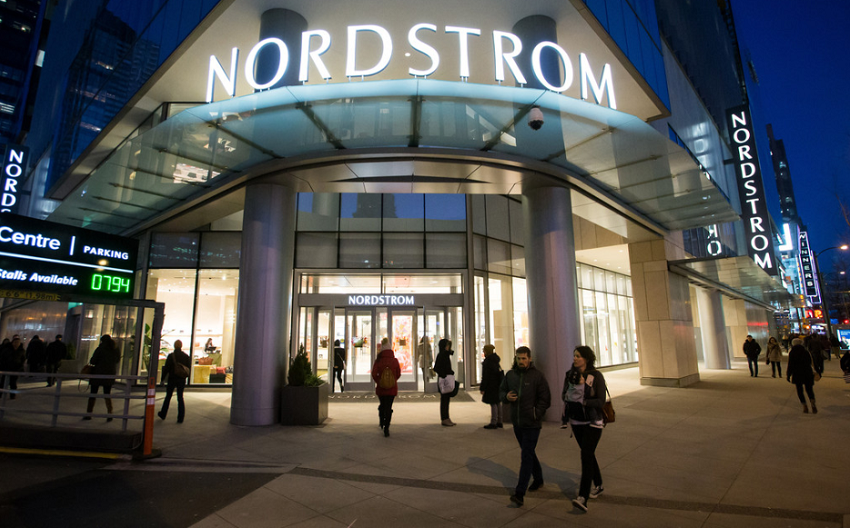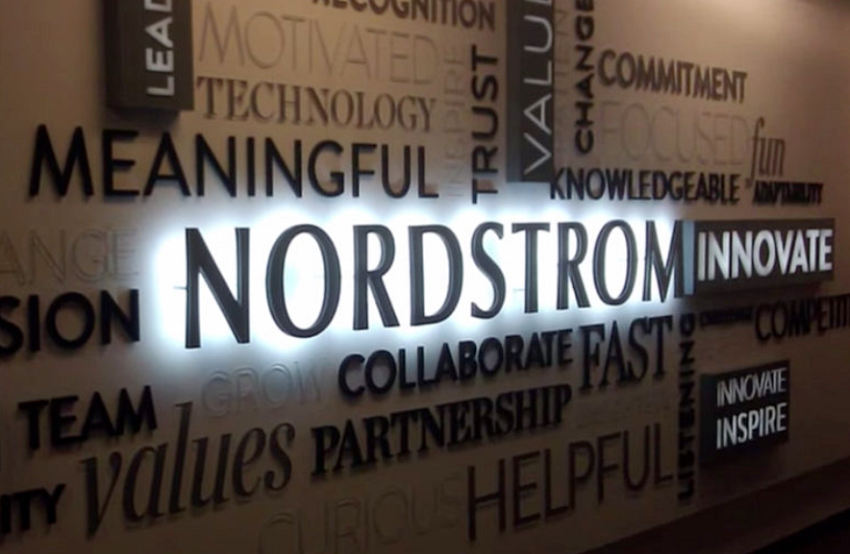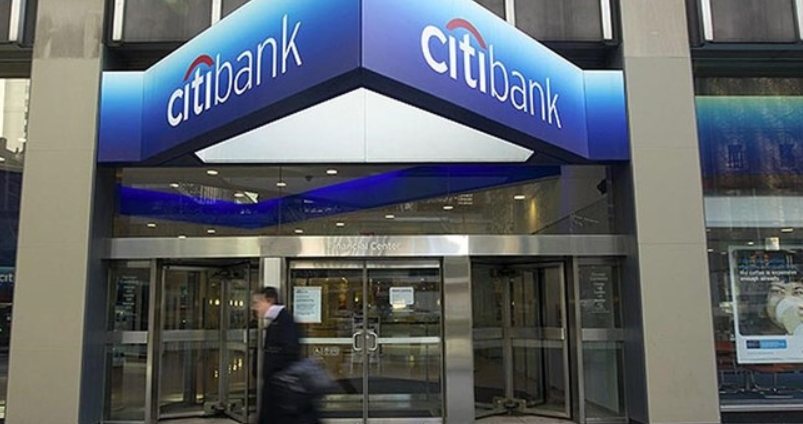 |
Chris Bell | 'The man on top of the mountain didn't fall there.' |
| - Vince Lombardi |
 |
Chris Bell | 'The man on top of the mountain didn't fall there.' |
| - Vince Lombardi |
SNHU - MBA-640 Finance, Economics & Decision Making
Written by: Chris Bell - May, 2018
The most significant internal risks related to the expansion project into Australia are communication, resources, international expansion education and public scrutiny. Internally, as the group of dedicated employees start to create a plan of action, conversations can quickly lead to disagreements and dead ends because "Australia is different", and it's not just another store launch. Launching another store in the US will follow a custom template from beginning to end, but a first store in Australia will divert from that plan in various external ways, such as connecting a government official to be sure the plans are legal and ethical, customizing and localizing the brand to fit Australia's culture and not being able to easily visit the store location before, during and after the plan of action executes. Valuable resources will need to be included in the plan, internally and externally, to limit risk and increase the potential success. Accepting that things will be different from the normal template can be difficult for people to grasp, so valuable resources include native Australians input in various parts of the project.

International expansion education can be gained within the United States but it will only be half of the education needed to launch multiple locations in a distant country. Local expertise will be a necessary resource for successfully penetration. When their Canadian expansion first begun the President of the company showed up to welcome the commencement. "Top Nordstrom executives, including President Blake Nordstrom and family patriarch Bruce Nordstrom, attended the opening, signaling the commitment and support of management for the Canadian expansion (Yoder, Visich, & Rustambekov, 2016)." All of the steps along the way will reach public news and be praised or scrutinized by critics. Not only will the news affect Nordstrom's team and moral for the project, it will also affect them internally moving forward. Perhaps, investors were preparing for a successful project and decide to exit their position, lowering the stock price, and creating a downward spiral of bad news. Newscasters might create headlines such as, "If Nordstrom fails in Australia, how can investors expect to see an international growth in the future?"
Their most significant internal opportunities related to expanding into Australia are sales growth, job growth and data collection for future international expansion opportunities. They have some experience expanding into Canada which will allow them to focus on the strengths and weaknesses of that approach, and to apply them to this expansion project. The original plan to expand into Canada surely wasn't perfect, and if they had the opportunity to do it over again some things would certainly change. Expanding into Australia will be the perfect time to seize that opportunity of starting over to make fewer mistakes and have a shorter time to launch the first store.

The big broad and distant goal is to simply increase sales while the more narrow and focused goal is to complete the expansion project into Australia with fewer mistakes than Canada, and in a shorter time period across the board. Of course, there are less positive outcomes for rushing, but Nordstrom has a long history of taking their time during growth opportunities and this project would be no different. Nordstrom isn't a franchise company; however, they grow in a similar format, in terms of learning from past experiences, "They [Picot-Coupey, Burt, Cliquet (2014)] suggest that franchising is mainly used as an expansion mode rather than an entry mode because it recognizes learning benefits from previous experiences and it subsequently generates faster rates of growth." There are plenty of ways to speed things up without sacrificing quality such as one-piece-flow production lines compared to batch building, so Nordstrom can still methodically increase the speed to the launch date while also mitigating risk.
Nordstrom's most significant external risks related to the expansion into Australia are consumer need, barriers to entry, mode of entry, customization and localization. Ironically, ignoring potential risks before diving into a project is another risk that can severely impact the success of a project. Before commencement, Nordstrom will assess the consumer need of their clothing products to make sure there's enough demand, that the Australian clothing market isn't completely saturated with retailers, and how big their facilities need to be in comparison to US and Canadian stores to meet that demand. It would certainly be wise to avoid purchasing or building real estate during the initial stage since it's more expensive and permanent than signing a lease in a shopping mall, for example. Surely, some Nordstrom Australian enthusiasts would travel out of their way to finally shop in their favorite store, however, those less familiar with the brand might enter the store for the first time due to its prime location in an already popular shopping mall.

Barriers to entry and mode of entry into international territory should both be planned to mitigate risk possibilities. On a positive note, Nordstrom is making the right moves of growing globally because a 20-year outlook into the future will continue to shink the global market into what seems to be a local one. "Countries now trade with one another and compete on a global scale when buying and selling goods and services. They are motivated to compete in the global arena to increase sales, improve profits, remain competitive, diversify their market and customer bases, and gain market share (Yoder, Visich, & Rustambekov, 2016)." Nordstrom will be connecting and partnering with a local government official and a separate Australian consultant to streamline the process of conducting business in Australia. According to the Australian Trade and Investment Commission, "Goods imported in Australia require classification. Declaration procedures are based on self-assessment by importers. Declarations must be made to the Australian Customs and Border Protection Service, which also enforces import restrictions." This is just one of the considerations for Nordstrom to plan for to mitigate the risks associated with importing goods as a local business. Without local help Nordstrom's risks of failure increase dramatically, and their travel costs and labor-intensive research will slow down the speed of entry.
The last external risk relates to customization and localization when comparing the differences between US and Australian cultural history as it relates to their product and branding designs. For example, McDonalds in New England has a different menu than McDonalds in South Carolina, never mind China and other countries. Likewise, Nordstrom will need to tailor their new designs to the Australian audience without damaging the uniqueness of their brand identity. An article written in January 2017, by Amanda Thompson, of www.goabroad.com, says to be careful when using a word as simple as 'Frog': "Just as people from the United States are referred to negatively as 'Yanks,' people from France are rudely referred to as 'Frogs' by those few culturally insensitive travelers." Local support for numerous reasons will help mitigate risks for Nordstrom when adapting to the new culture.
The microeconomic factors that might affect decisions about expanding into Australia are the available store locations, stiff competition and product distribution. An academic research paper titled, Lessons learned from international expansion failures and successes, written by Yoder, Visich, & Rustambekov in 2016, state that the top reason for international failure by Best Buy, Walmart, Tesco, Target and Tim Hortons was due to store locations. Stiff competition came in a close second place to store location. Not only can Nordstrom learn and prepare for their previous mistakes but they can learn from others as well. It seems like a very minor issue for a company the size of Walmart to mention that store location was so important that it ruined some of their international growth opportunities, and does that mean Walmart would try a second time if the optimal location became available in the future? Fast food restaurants are almost always located together for people to choose their favorite or their interest at that particular time. Retail clothing stores, like Nordstrom, are often located in shopping malls, again, allowing customers to shop for the best price and outfit that fits their needs at that moment in time. Nordstrom has had success over the last 100 years jumping into direct competition in a shopping mall, so market saturation shouldn't be a microeconomic risk, however if they don't enter into an existing popular shopping mall, it could be fatal.

Product distribution can pose a serious risk if Nordstrom can't figure out the logistics of getting their clothing to Australia from the US and Canada. This is a new microeconomic factor for them to research and understand before making a quick decision. Should they manufacture the products in the US and Canada, then ship them to Australia or manufacture them locally in Australia? Perhaps they could start by opening the locations and the more expensive option of shipping the clothing with plans to set up a manufacturing plant if certain financial numbers are met. However, since the culture is slightly different and Nordstrom's design team will need to create some new clothing styles, it will be more beneficial to have a design and manufacturing team in Australia focusing solely on their Australian brand image. But, nonetheless, a significant microeconomic factor that will certainly affect financial decisions.
This is only a one-to-two-million-dollar plan to expand into Australia with 10 locations, and while it's a lot of money, it won't destroy the entire company if it fails. However, Nordstrom in making the investment to create a return and need to set criteria for a specific exit plan if the need arises. For example, as stated in Milestone One, the investment amount covers the first year of employee salaries along with the initial leases and equipment necessary to get started.
If sales fall 20% short of projected numbers then action will need to be taken to see where and why the projected numbers weren't met. As stated above, the two biggest reasons for international failure were location and competition, not culture and branding. If there are shopping malls that are more competitive than others then perhaps one location is affecting the 20%-fall more than an overall miss on the project. In the worst case, if sales drop exactly 20% across all 10 locations then the problem is much bigger and more drastic action needs to take place. Perhaps all of the stores are too big and inventory isn't moving as quickly as anticipated, so they could shrink the store sizes and have a narrower focus with their inventory.

Decisions are much easier to make when sales are up by 20%, but again, was led by 20% of the locations or was this across the board? If it was due to a few locations then I would be hesitant to invest more until Nordstrom has more data to back up the reason for the additional revenue and how to best allocate it in subsequent years. If the increase in sales was more evenly distributed across the locations then it might be a good time to focus on a central distribution plant or Australia's own design and manufacturing plant. Manufacturing within Australia could significantly increase the bottom line as long as the sales figures have been developed and understood by Nordstrom's financial team.
The net present value of the million-dollar investment needs to be compared to their current 3-year average Net Income of $463 million to their 3-year average Assets, which is $7.9 billion which is 5.9% average return. Anything better than 5.9% will yield more than their current approach to investing their money. Anything less than that number, while still maintaining a positive net income, will prove to be less worthy of their traditional investments and could be exited if that money could be used more wisely in other areas. If Australia creates a net income of 10% it would be wise for Nordstrom to continue investing money into that country until they end up saturating the market.

Digging deeper, the time value of USD will need to be weighed against the time value of AUD, or the Australian Pound. According to a chart on www.macrotrends.net, since 1991, the exchange rate between USD-AUD has ranged from a high of $1 AUD to $1.10 USD to a low of $1 AUD for $0.50 USD and currently sits at $1.32 AUD for $1 USD. This presents a significant risk for Nordstrom because they could make $500,000 net profit over 5 years and potentially break even if the AUD drops in value or if the USD quickly gains in value. Either Nordstrom can assess the Australian government, compare it to the US government, and start making predictions about which one will fair more into the future, or they can completely ignore it and deem these predictions as gambling. However, a third and more plausible solution to ignore this calculation is to transfer the USD investment into AUD indefinitely whereby never worrying about the transfer rate back to USD.

In a similar repatriation story, Apple has hundreds of billions of dollars overseas that they aren't bringing back to the US due to additional taxes and, according to McCoy of USA Today in January 2018, "Citigroup reported an $18.3 billion loss Tuesday, becoming the second major U.S. bank to have its earnings hit by the federal tax overhaul. The net loss, equivalent to $7.15 per share, stemmed from a one-time non-cash charge of $22 billion, or $8.43 per share, related to the Tax Cuts and Jobs Act finalized by Congress and the Trump administration in December." Companies continue to struggle with the decisions to keep money inside the country in which the net income was generated or to bring it back to the US, pay additional taxes, and reinvest it here. If Apple, for instance, has cash sitting stagnant in other countries due to lack of investment opportunities, then it can decide to pay the additional taxes to bring it back to the US and invest it more projects. Nordstrom may have to consider these variables soon as they continue to invest in Canada and start to invest into Australia.
References:Australian Government (n.d.). Australian export and import laws. Retrieved from:https://www.austrade.gov.au/International/.../Australian-export-and-import-laws Karine Picot-Coupey, Steve L. Burt, Gerard Cliquet. Retailers' expansion mode choice in foreign markets: Antecedents for expansion mode choice in the light of internationalization theories Journal of Retailing and Consumer Services, Volume 21, Issue 6, 2014, pp. 976-991 Macro Trends (June, 2018). Australian - US Dollar Exchange Rate (AUD USD) – Historical Chart. Retrieved from: http://www.macrotrends.net/2551/australian-us-dollar-exchange-rate-historical-chart McCoy, K. (January, 2018). Citigroup posts $18.3B fourth-quarter loss, its earnings erased by federal tax overhaul. Retrieved from: https://www.usatoday.com/.../citigroup-earnings-top-expectations-excluding-19-billion-charge-tax-law-changes/1035379001/ Thompson, A. (January, 2017). Traveling Smart: 7 Offensive Words to Avoid Abroad. Retrieved from: https://www.goabroad.com/articles/traveling-smart-7-offensive-words-to-avoid-abroad Yoder, S., Visich, J. K., & Rustambekov, E. (2016). Lessons learned from international expansion failures and successes. Business Horizons, 59233-243. |